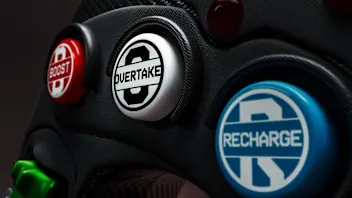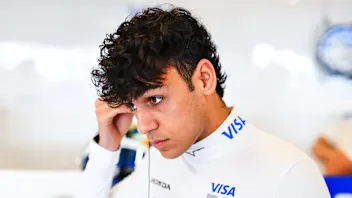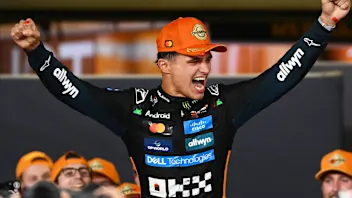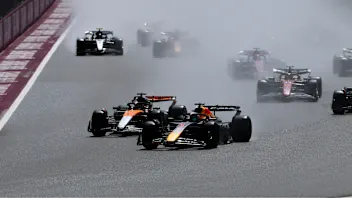THE STRATEGIST: Could Norris, Hamilton or Leclerc have beaten Verstappen in Austin with a different strategy?
/GettyImages-1737966378.webp)
Despite winning the 19-lap Saturday Sprint in Austin by 9.4 seconds, Max Verstappen struggled throughout the Grand Prix itself, complaining of issues with brake performance – and only finished 2.2 seconds ahead of Lewis Hamilton in P2 (before the Briton's disqualification).
So could any of the chasing pack have beaten the Dutchman on the day had they employed a different strategy? Former Aston Martin strategist Bernie Collins takes a look at the data to find out...
Next Up
Related Articles
 EXPLAINED: The key terms for F1’s new-for-2026 rules
EXPLAINED: The key terms for F1’s new-for-2026 rules Marko ‘believed in me when others didn’t’ – Lindblad
Marko ‘believed in me when others didn’t’ – Lindblad.webp) End Of Year Reports 2025Kick Sauber’s best and worst moments from 2025
End Of Year Reports 2025Kick Sauber’s best and worst moments from 2025 Our writers on the best drivers and stories from 2025
Our writers on the best drivers and stories from 2025 Verstappen confirms new number for 2026 season
Verstappen confirms new number for 2026 season REVEALED: Your favourite race of the 2025 season
REVEALED: Your favourite race of the 2025 season
